- Empty cart.
- Continue Shopping
Putranjiva Roxburghii
Original price was: ₹560.00.₹348.00Current price is: ₹348.00.
Genus : Puthranjiva
“The Putranjiva Roxburghii Plant is a stunning evergreen addition to any landscape. Its glossy leaves and ornamental red fruits make it a captivating choice. Cultivate this plant and elevate the beauty of your garden.”
Putranjiva roxburghii, commonly known as the Child Life Tree or Indian Putranjiva, is an evergreen tree belonging to the family Putranjivaceae. It is native to the Indian subcontinent, particularly in the foothills of the Himalayas, and is also found in Southeast Asia.
The tree can grow up to 15-20 meters tall and has a dense, rounded crown with smooth, grey bark. Its leaves are leathery, glossy, and dark green in color, and they are arranged alternately on the branches. The tree produces small, inconspicuous flowers that are greenish-white in color and are borne in clusters in the axils of the leaves. The fruit of the tree is a drupe that is purple-black in color and contains a single seed.
Putranjiva roxburghii is a hardy tree that can tolerate a wide range of soil conditions and can grow in both dry and humid environments. It is commonly used in traditional medicine for its various medicinal properties, and its leaves and bark are used to treat a variety of ailments, including fever, cough, and diarrhea. The tree is also used as a source of timber, as its wood is strong and durable and is used for furniture making, construction, and fuel.
To grow Putranjiva roxburghii, it is best to plant the seeds in a well-draining soil mix in a container or directly in the ground. The tree prefers full sun to partial shade and requires regular watering, particularly during the growing season. It can be propagated by seed or cuttings, and it takes about 4-5 years for the tree to start producing fruit. Once established, Putranjiva roxburghii requires minimal care and can be a beautiful addition to any landscape.

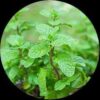
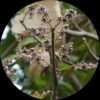


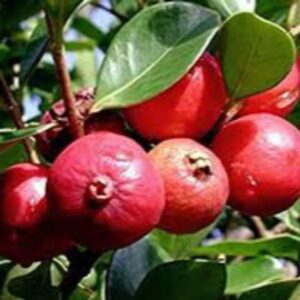
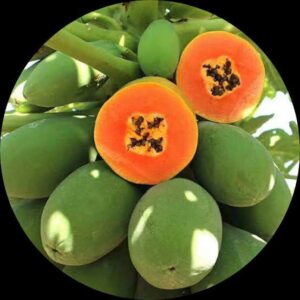
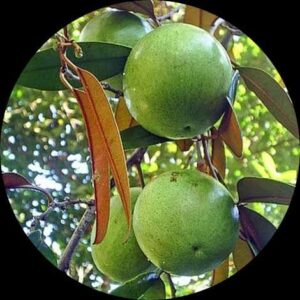
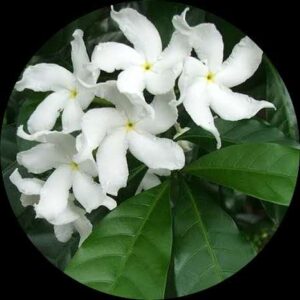



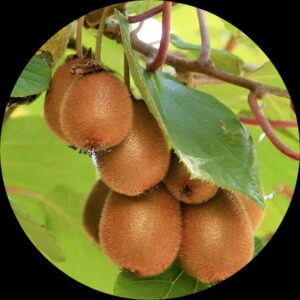
Reviews
There are no reviews yet.